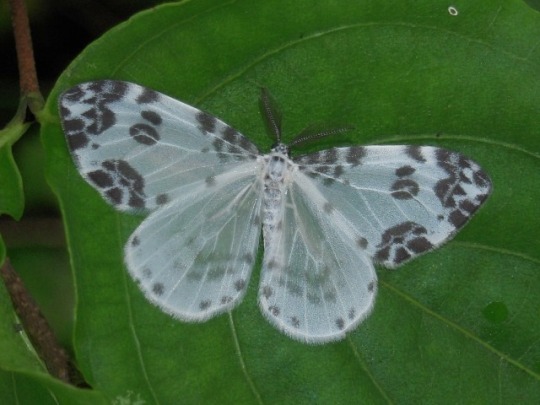#deroca
Photo
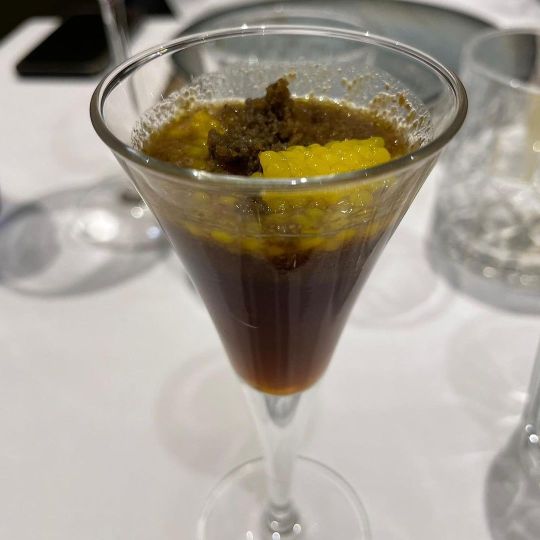
Semana de la gastronomía marinera en La Vila. Hemos tenido la suerte de poder disfrutar del Restaurante @drocarestaurant con su menú especial marinero. Una absoluta delicia, atención exquisita y ambiente íntimo y muy tranquilo para disfrutar de sus manjares. Nos ha encantado, volveremos seguro!!! Un 10!!! #semanagastronómica #gastronomiamarinera #lavila #villajoyosa #vilajoiosa #restaurantes #menuespecial #deroca #menu #alicante #alifornia #dondecomer #comerfuera #diadelpadre #sanjose #domingosdeluxe (en Villajoyosa, Costa Blanca, Spain) https://www.instagram.com/p/Cp-jvbSMzKk/?igshid=NGJjMDIxMWI=
#semanagastronómica#gastronomiamarinera#lavila#villajoyosa#vilajoiosa#restaurantes#menuespecial#deroca#menu#alicante#alifornia#dondecomer#comerfuera#diadelpadre#sanjose#domingosdeluxe
2 notes
·
View notes
Text
Download EKS (2024) [Filipino]
Three compelling stories in one erotic experience. Yen Durano plays three different women in three titillating stories. In a collaboration of three directors: Roman Perez, Jr., Sigrid Polon, and Omar Deroca.
IMDB: N/A
Runtime: 1h 59m
Genre: Drama | Adult
Director: Roman Perez Jr.
Stars: Albie Casiño, Yen Durano
Release date: February 21, 2024 (Philippines)
Country of origin:…

View On WordPress
0 notes
Photo


fb model yeg ALlX de roca drawn w/ sharp’e pens & gel pens
1 note
·
View note
Photo
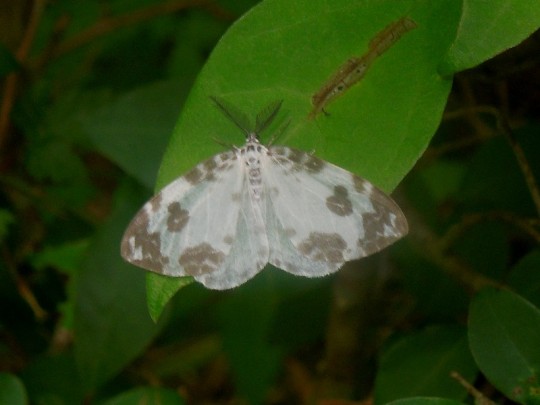
ホシベッコウカギバ、Deroca inconclusa phasma、6月27日、愛知県
26 notes
·
View notes
Photo


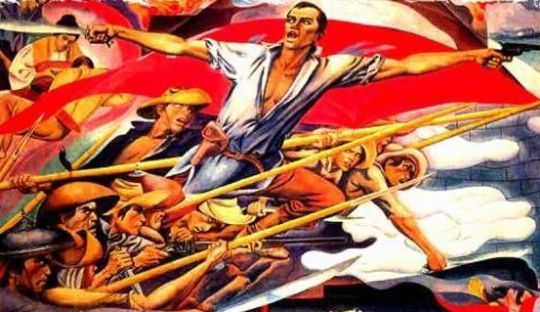
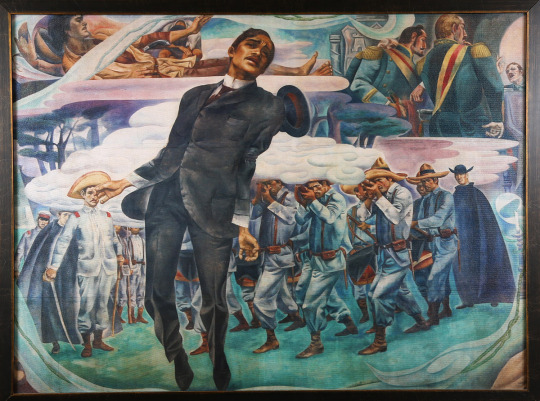
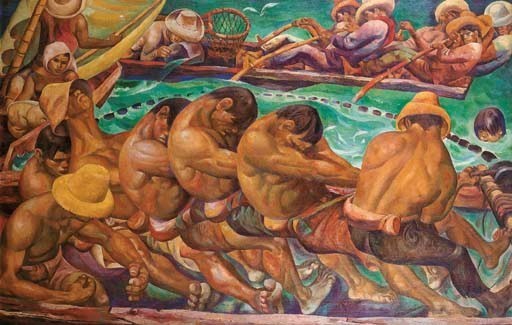
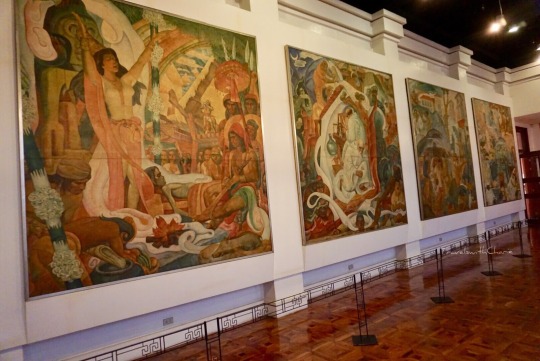
The pictures above are documented in chronological order (aside from the title photo).
I. A documentation in photograph of 5 paintings by the Filipino painter Botong Francisco with proper labeling and citation(s) according to the Harvard citation format and 2) a formal description of each of the 5 selected paintings. To describe, emphasize the beauty of the work(s).
1. Bayanihan
(Pinoy Art Hub, 2018)
Bayanihan by Carlos “Botong” Francisco exemplifies one of the famous cultures in the Philippines which is Bayanihan that has a root word of “Bayani” which simply means “Hero”. With this, this painting shows a hero to one another. During early times, people would carry houses to change places to relocate a neighbor because of a natural calamity or simply to move places. According to Pinoy Art Hub (2018), this is done by gathering enough people from the same neighborhood to carry a Bahay Kubo or a nipa hut.
Aside from this, they place bamboo poles lengthwise in order to carry the house and whoever helped during the process is called to be heroes to the society. This painting conveyed vivid colors to portray the colorful life and culture that the Philippines has. Emphasizing the size of Bahay Kubo lets the viewers know how hard it is for the people to carry. To show that there is Bayanihan, the painting shows numerous people that helped and to shows a neighborhood helping one another.
________________________________________________________________
2. Katipunan
(Deroca, 2015)
Katipunan by Carlos “Botong” Francisco exemplifies a historic revolutionary in the Philippines. As seen in the painting, it is Andres Bonifacio and his KKK members going into the revolution with the KKK flag. There are also women in the upper left corner that shows them treating their husbands from the revolution. Andres Bonifacio was holding an itak or a small sword and a gun on the other hand. While the other man was holding their choice of weapon.
There is a fire above the painting that shows the fiery revolution against the Spaniards. This painting shows an asymmetrical balance because Andres Bonifacio was only one emphasized and the other men were as almost the size of Andres Bonifacio to show who were the main people during the revolution. Aside from this, when you look at the painting the color of the KKK flag can be easily be spotted because of the darkness of the color red. This shows also a value of variety with its overlapping of objects and sizing.
________________________________________________________________
3. The Martyrdom of Rizal
(Fabros, 2014)
The Martyrdom of Rizal Mural, completed in 1960, is one of Carlos “Botong” V. Francisco's most well-known works. He was proclaimed the Philippine National Artist for Visual Arts in 1973. Francisco is best known for his monumental murals portraying historical events in the Philippines. The mural portrays the execution of Philippine national hero Dr. Jose Rizal on December 30, 1896, at Bagong Bayan (now Rizal Park). Fort Santiago commissioned the mural as part of the Rizal Shrine. Rizal's death was a momentous date in our nation as it culminated nationalism and some kind of social change or redemption in our societies as a community.
Jose Rizal's final moments before his execution are depicted in the painting in five (5) significant images: (1) The Trial of Rizal (2) Rizal's Last Farewell (also depicted in Rody Herrera's oil on canvas painting "Huling Paalam," which was awarded First Place in the Jose Rizal Centennial Painting Competition in 1961). (3) Rizal composed the farewell poem Mi Ultimo Adios (My Last Farewell) Rizal's Last Walk and Rizal's Execution in Bagumbayan are two of his most famous works.
________________________________________________________________
4. Magpupukot
(Pinoyartshub, 2018)
"Magpupukot,” which basically means to "Pulling in the Net," is one of Botong's most well-known works. The scene depicted in the painting shows a group of fishermen practically casting and dragging their nets in while sailing inside a small wooden kayak boat, obviously taking the opportunity to haul in the day's catch. As a result, it was thought to be inspired by his hometown of Angono, Rizal, where a fishing village was located near their home. Botong's favorite subjects to paint were the lives of the fisheries sector. The Filipino people's deeply held values and rituals have become a medium for him, allowing him to use his unique style to create new imagery.
This fascination with history piqued his interest in learning more about the Filipino past, which provided him with useful information. Warm tones are used in the drawing, giving it a pleasing saturation. His visual enactments honor his culture's creative origins, and his photographs are inspired by the Filipino people's zealous commitment and vibrant colors.
_______________________________________________________________
5. The Progress of Medicine in the Philippines
(TravelswithCherie, 2018)
The Progress of Medicine in the Philippines is a set of four oil paintings on canvas commissioned for the main entrance hall of the Philippine General Hospital in Manila by Philippine National Artist Carlos V. Francisco in 1953. (Barns, 2016). The artworks were in "serious decay" at the turn of the century due to heat, humidity, dirt, dust, smoke, insect stains, grime, termites, and an oxidized synthetic resin used in an earlier restoration due to their location. These canvases have been restored three times, the most recent in 2006, with funding provided by the US Department of State's Ambassadors Fund for Cultural Preservation. The paintings were loaned to the National Museum of the Philippines by PGH and the University of the Philippines in 2010, so they could be exhibited in a stable manner and properly preserved.
Predicated on our analysis, the first painting portrays a pre-colonial Philippines babaylan (female shaman) leading a healing ceremony with her hands raised. The villagers are assembled all around the sick man, led by their chief, and a fire is lit for the pig's sacrificial offering (lower right corner in foreground). The arrival of the Spaniards in the Philippines is depicted in the second painting, which features two monks. They are the painting's key figures. The third painting depicts a scene from the American Period in which two men hide under a plant to avoid being inoculated, while a group of men in the foreground gather dead rodents after fumigation. The fourth painting depicts the defining features of modern medicine, such as surgery, radiation, laboratory research, medical equipment, and hospitals. Botong uses common elements like flora and clouds to link the four tables.
_______________________________________________________________
Source(s):
Barns, J., (2016). Carlos V. Francisco's The Progress of Medicine in the Philippines: Renegotiating decisions and collaborations in conservation. Taylor & Francis. Available at: https://www.tandfonline.com/doi/abs/10.1080/10344233.2016.1206297?journalCode=ybac20 [Accessed April 29, 2021].
Deroca, F. (2015). Individual Activity #3. [online] Medium. Available at: https://medium.com/@franzderoca/bonifacio-mural-by-carlos-v-francisco-8d6abe07c510 [Accessed 19 Apr. 2021].
Fabros, D., (2014). Martyrdom of Rizal Mural - Philippine Folklife Museum Foundation: San Francisco, Ca. Philippine Folklife Museum Foundation | San Francisco, Ca. Available at: https://philippinefolklifemuseum.org/exhibit-rizal-martyrdom-botong-francisco/ [Accessed April 29, 2021].
Pinoy Art Hub. (2018). BAYANIHAN by Carlos “Botong” Francisco. [online] Available at: https://httppinoyartshub.wordpress.com/2018/01/07/bayanihan-by-carlos-botong-francisco/ [Accessed 19 Apr. 2021].
Pinoy Art Hub, (2018). Magpupukot by Carlos V. Francisco. Available at: https://httppinoyartshub.wordpress.com/2018/01/12/magpupukot-by-carlos-v-francisco/ [Accessed April 29, 2021].
TravelswithCherie, (2018). The Art of Carlos Botong Francisco - Progress of Medicine in the Philippines. Available at: https://www.travelswithcharie.com/2018/07/the-art-of-carlos-botong-francisco.html [Accessed April 29, 2021].
9 notes
·
View notes
Photo
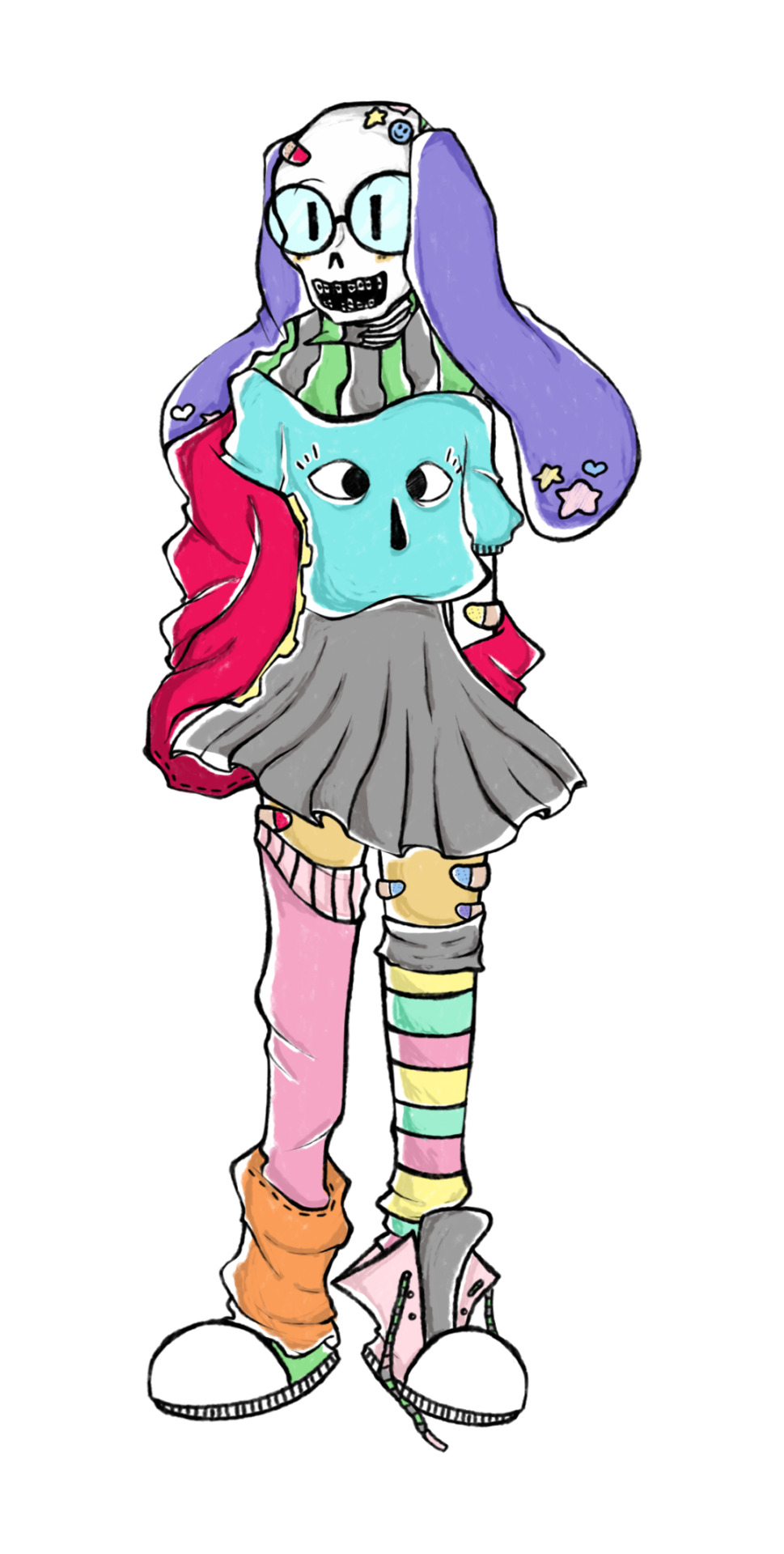
Is this even considered as Deroca xD hope chu like it tho <3
!!!
! ! !
#LOOK AT HIM#AND HIS CUTE FLUFFY EARS#AND HIS COLORFUL CLOTHES#SO SO SO PRETTY!!!#submission#decora sugar
110 notes
·
View notes
Text
25.04. 4.dan
Zadnji dan oziroma zadnje jutro na prečenju iz Markezov na Tuamotuse. Celo noc smo imeli dober veter, na trenutke cez 25. Vozimo v bok, skoraj lasko, barka je precej nagnjena. Ponoči se je dvignil tudi val in nas vsake toliko tudi zalije. Sedim na pragu, pod sprejhudom in ko zaslišim sum 'nevarnega' vala skrcim noge, kapuco na glavo in upam, da ne bo udaril ob bok. In ne udari!? Hehe, špricajo tisti neslišni, ko si prej moker kot slišiš oz.cutis udarec v bok.. proti jutru se veter malo pomiri, val malo pade in spanjeee. Do Makene imamo se 15 milj, kakšni dve uri vožnje. Vstanem, ko kapitan ukaze spustiti jadra in prižge motor. Smo kaksnih pol milje pred vhodom v laguno. Na vogalu svetilnik in za njim mobi antena. Močan tok iz lagune dela čudne valove, in bolj ko se bližamo bolj voda dere. Kot reka, siroka in deroca. Dobesedno. Hitrost barke po števcu je 8, po GPS le 1 vozel. V nekem trenutku, pred vstopom v ožino nas zagrabi tok, on nas lepo obrne nazaj. Naredimo 360 in ponovno, s polnim gasom v prehod. Morje okoli nas je belo, penasto, čudno valovito.. prebijemo se do prve boje, druge in naprej v polkrogu, mimo čeri na sidrišče pred vasjo. Desno od nas je dolg betonski pomol, prazen. Le ena jadrnica je s krmo privezana nanj. Kapitan se odloči za sidro, na 17 m, skoraj 3/4 milje od obale!!? Napihnemo dingi, toda po kosilu se vsi spravijo spat. Kapitan ima se lok.tel.kartico iz Markezov in mu ni treba na obalo na Wifi.! Pilot buk sicer ne omenja wifija, mogoce pa ga ze imajo. Pa plaze tudi. Jutri kopanje in snorkel!
0 notes
